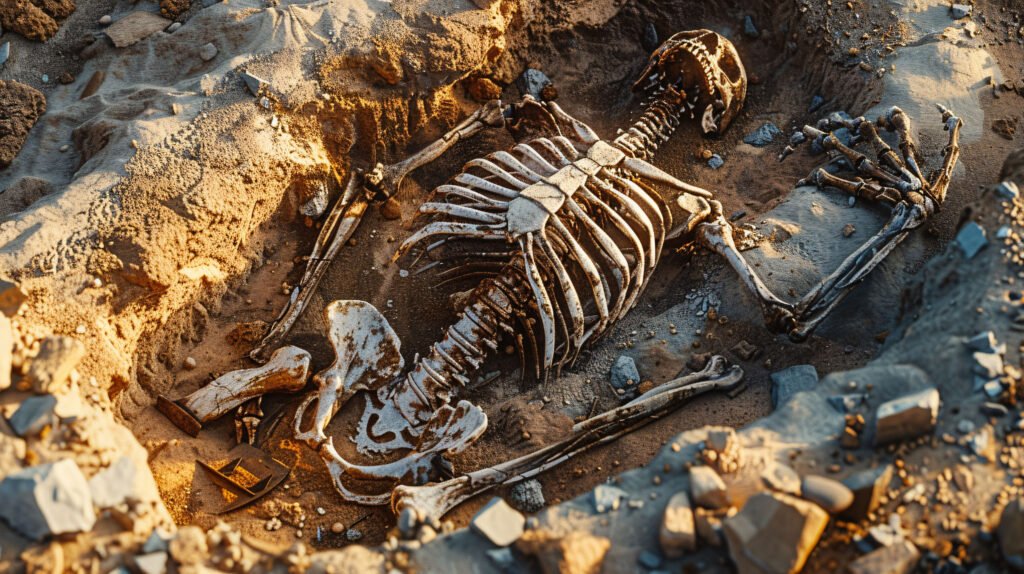My Body, My Data: A Federal Shift in Reproductive Privacy as of June 2025
Sanya Talwar
June 2025
Congress Reboots Protection with “My Body, My Data”
On June 11, 2025, U.S. Representatives and Senators introduced the My Body, My Data Act, sponsored by Rep. Sara Jacobs (D-CA) and Senators Mazoe Hirono (D-HI) and Ron Wyden (D-OR), with the aim to create federal guardrails around reproductive health data —including menstruation, contraception, IVF, pregnancy, and abortion records— by limiting how companies collect, store, and share it.[1] The legislation would require informed user consent, strong data deletion options, and harsh penalties for misuse.[2]

Digital Trials, Real-World Consequences
This renewed push follows documented misuse of digital data. In a 2022 Nebraska case, Facebook messages between a mother and daughter were used as evidence in an illegal abortion prosecution.[3] In Texas, prosecutors used license-plate readers to identify people visiting abortion clinics. Anti-abortion activists have geofenced Planned Parenthood clinics, delivering targeted digital ads to visitors.[4]
This isn’t just invasive—it’s dangerous. Experts warn that without regulation, reproductive health data can and is being used to criminalize people for seeking care.
What the Bill Actually Does
The Bill proposes:
- Data minimization: Companies can only collect data necessary for delivering requested services.
- Consent-Driven access: Users must explicitly agree to data use and can demand deletion
- Transparency: Platforms must disclose data practices clearly.
- Enforcement: Companies violating the law could be fined up to $1000 per user per day.[2]
These protections mirror Washington State’s 2023 My Health, My Data Act, which has become a model for reproductive digital privacy law nationwide.[5]
Backers Weigh In
Reproductive rights groups have endorsed the legislation. Mini Timmaraju, president of Reproductive Freedom for All, emphasized the stakes: “No one should fear that their period app or search history could be used against them in court”[1]
Dr. Dhazaleh Moayedi, an OB-GYN, stressed that patients’ safety depends on privacy: “We cannot provide ethical care if our patients are at legal risk for seeking help.”[6]
Even tech experts are speaking out. Mozilla Foundation warned in 2024 that 87% of health apps lack proper user protections.[7]
Parallel Bill Targets Law Enforcement
In May 2025, five House Democrats introduced a complementary bill: the Reproductive Data Privacy and Protection Act, which would block law enforcement from accessing reproductive data in civil or criminal investigations, including fertility treatment, miscarriage records, and abortion communications.[8]
Why This Matters Right Now
- A 2025 academic review of 45 health apps found that most apps transmitted user data to third-party marketers or analytics firms, often without full user consent.[7]
- States like New York, Connecticut, and California have been passing their own data shield laws to counter federal inaction.[5]
- Without federal legislation, people in anti-abortion states remain exposed to potential criminalization through digital footprints.[4]
A New Era of Advocacy
My Body, My Data reframed reproductive justice in the digital age. It acknowledges that the post-Dobbs v. Jackson Women’s Health Organization reality extends beyond clinics and courtrooms—it reaches into browsers, apps, and smart devices. Protecting personal data is now a fundamental part of defining bodily autonomy.
This legislation, if passed, would be the most comprehensive federal privacy protection for reproductive data in American history. As of now, the bill has been introduced but has not yet passed. Lawmakers expect debates and committee reviews over the summer, with a potential floor vote anticipated in the fall session of Congress. Advocates are urging swift action given the urgency of reproductive data vulnerabilities nationwide. And even if it fails in the short term, the momentum for digital rights is building state by state—and person by person.
At its core, this debate is about basic human rights—the right of every woman to control her body and her health information without fear or interference. Reproductive data privacy should not be negotiable—it must be a federally protected right.
References
[1] Jacobs, S., Hirono, M., & Wyden, R. (2025, June 11). Democrats reintroduce the My Body, My Data Act to protect reproductive health data. The Guardian. https://www.theguardian.com/us-news/2025/jun/11/democrats-my-body-my-data-act
[2] U.S. House of Representatives. (2025). My Body, My Data Act – Bill Summary. https://www.congress.gov
[3] Levenson, M. (2022, August 10). Nebraska woman charged after police obtain Facebook messages about abortion. The New York Times. https://www.nytimes.com
[4] Brenan, M. (2024, December 15). Geofencing, health data, and abortion: The new front in digital surveillance. Reuters. https://www.reuters.com
[5] Washington State Legislature. (2023). My Health, My Data Act. https://app.leg.wa.gov/billsummary
[6] Physicians for Reproductive Health. (2025). Dr. Moayedi’s Congressional Testimony on Data Privacy. https://prh.org
[7] Mozilla Foundation. (2024). Privacy not included: Health and period-tracking apps. https://foundation.mozilla.org/en/privacynotincluded [8] U.S. House Committee on Energy and Commerce. (2025, May 22). Reproductive Data Privacy and Protection Act introduced. https://energycommerce.house.gov









